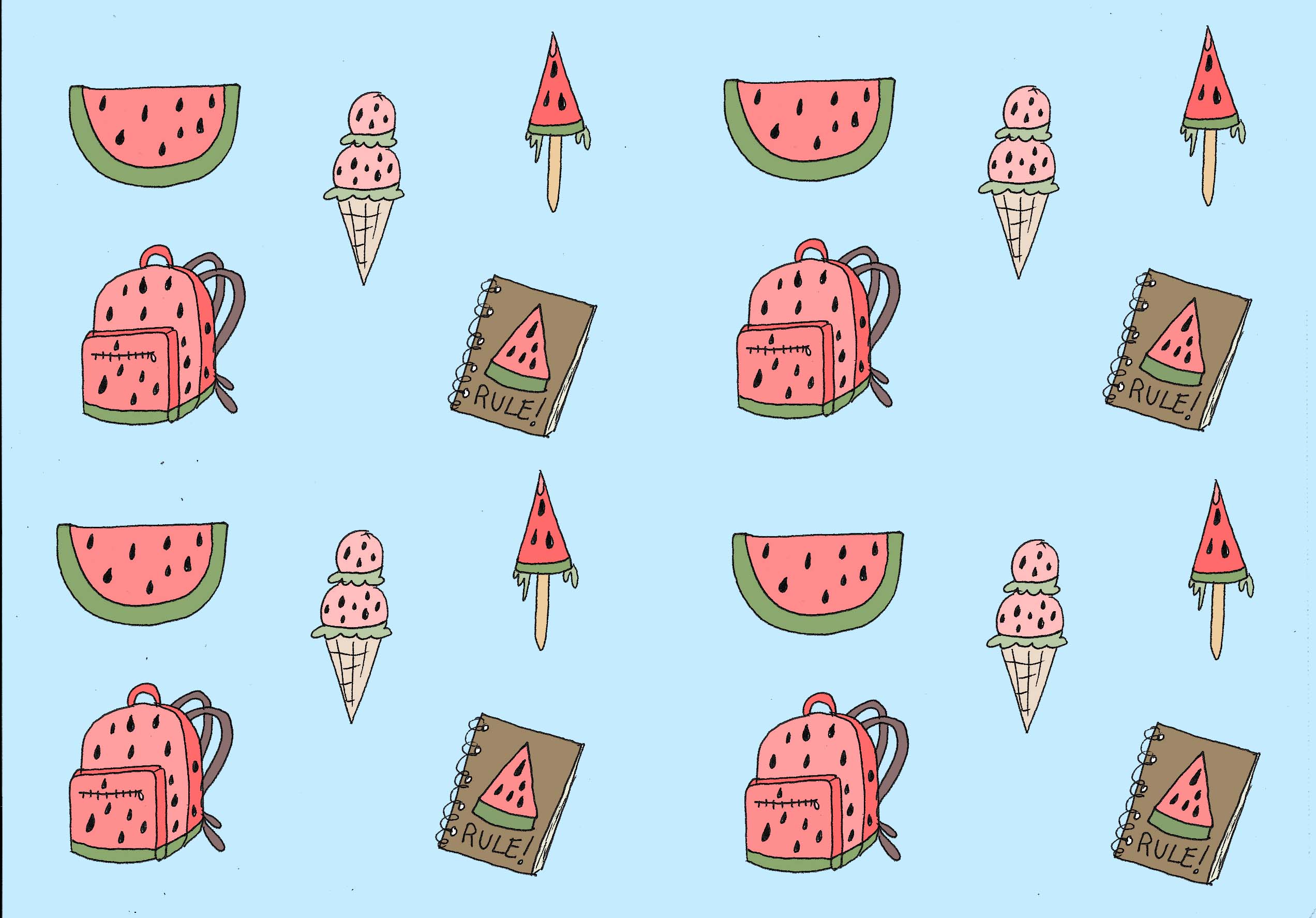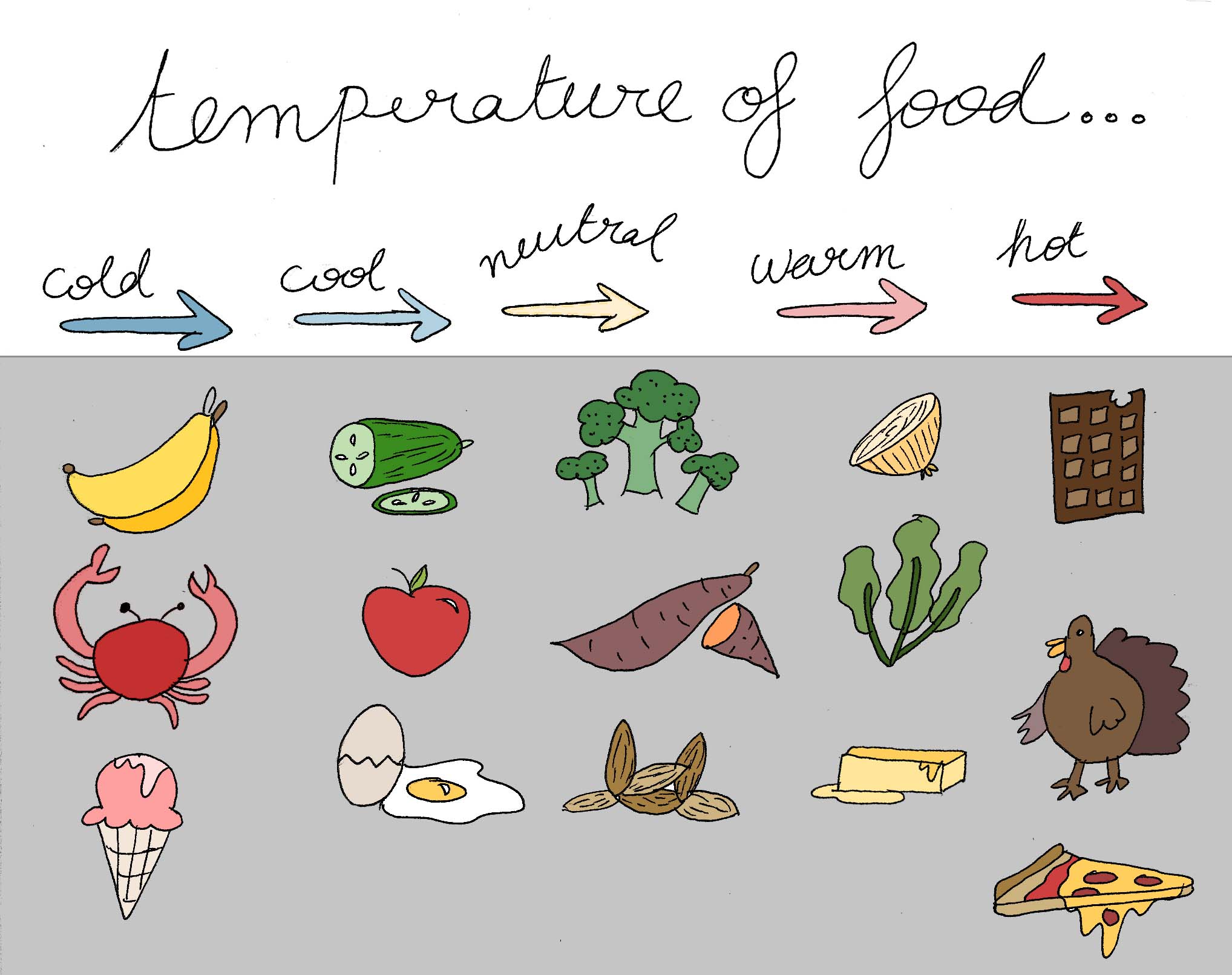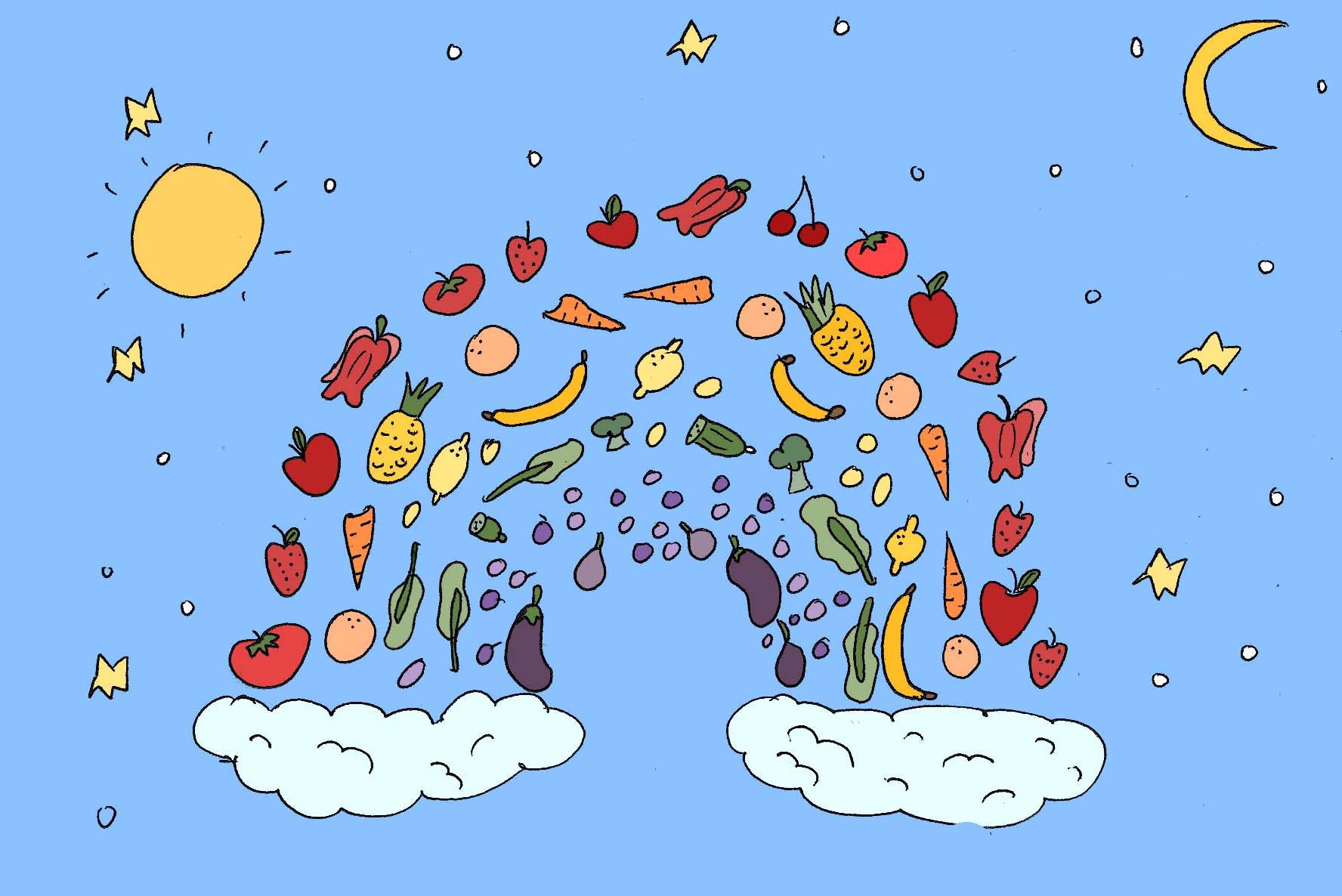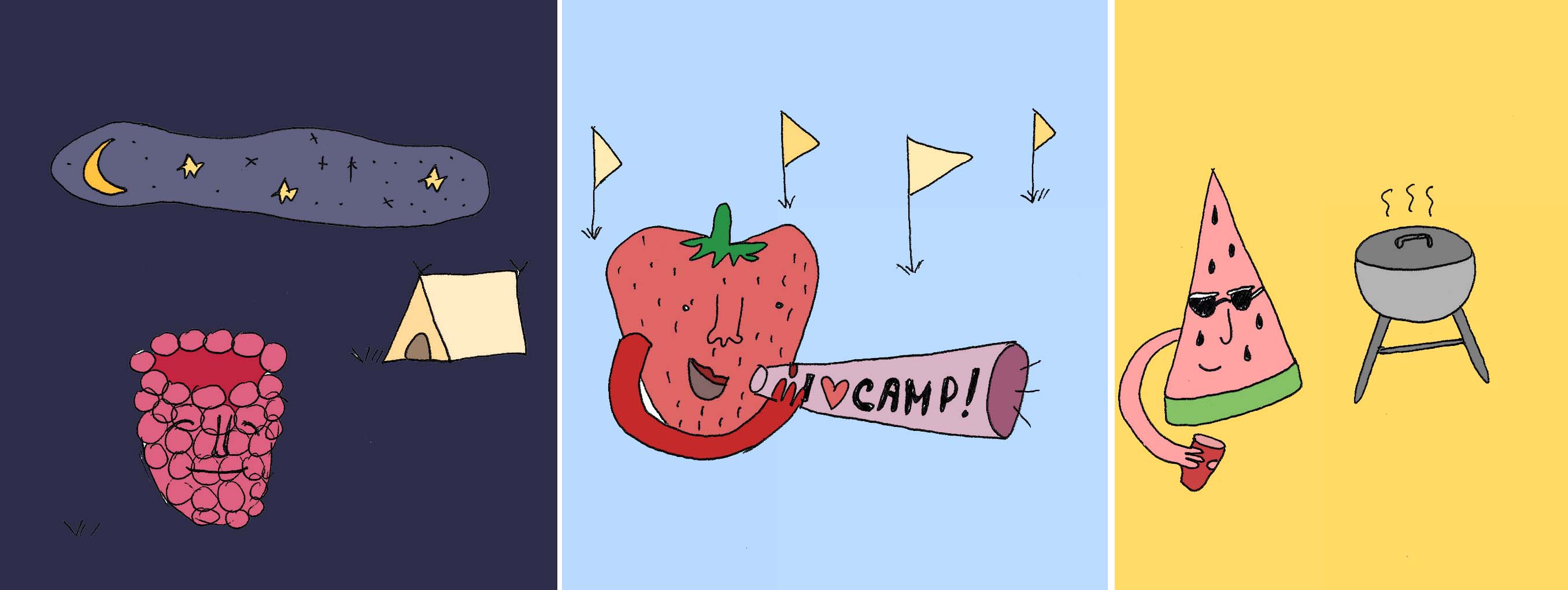“I spit seeds at bad guys!” I say as Super Watermelon Girl to a woman dressed up like a ladybug at Piedmont Avenue’s annual Halloween parade. Elementary school girls in the '90s often went through obsessions with horses, soccer or The Spice Girls. My infatuation, however, was with watermelon. I adored anything watermelon, from erasers to ice cream to the giant stuffed watermelon, Melly, my mother sewed me for my birthday. I even AOL Instant Messengered my friends from the screen name watermelOgrl (watermelongrl was taken). The first day of 7th grade, however, I decided it was time to shed my Watermelon Girl identity and step into a more “grown-up” phase of preteenhood. I put all my watermelon items in my “special box” that lived in my closet, a container where all the past versions of Lila hibernated.

As I prepare to attend Bauman College this fall to become a Holistic Nutrition consultant, I acknowledge the now adult Watermelon Girl who is ready to step into her own food-related super powers. One of the reasons I was drawn to this program is that I have been fascinated with the concept of food as medicine, which I explored in my article Ayurveda: A Journey Towards Balance Using Food As Medicine.
Following my curiosity on this subject, I recently attended an “Everyday Food as Medicine” workshop at the Qulture Collective in Oakland led by Mamie Chow L. Ac., acupuncturist and food as medicine consultant. She spoke about practical ways to apply traditional Eastern wisdom to our busy, modern lives. The way Chow described Traditional Chinese Medicine’s view of food gave me a new perspective on the foods I eat. To learn more, I read Paul Pitchford’s Healing with Whole Foods: Asian Traditions and Modern Nutrition. As the bountiful piles of watermelon roll into Berkeley Bowl for the summer, I’m inspired to share what I have learned about the medicinal qualities of fruit, so others can feel that vibrancy that exists within the food we eat even after it leaves the soil or the tree.
In her workshop, Chow explained how traditional Chinese medicine’s approach to food and nutrition revolves around the balance of yin and yang. Yang encompasses Qi (energy), warming, day and sun while Yin refers to rest, cooling, night, and moon. Chow told the workshop attendees that every food has an action, a temperature and a flavor. The action of a food can promote organ expansion, contraction, moistening, drying, relaxation or strengthening. The temperature of a food can be placed on a spectrum from cold to hot.

And the flavor of a food can be salty, bitter, spicy, sour or sweet.





